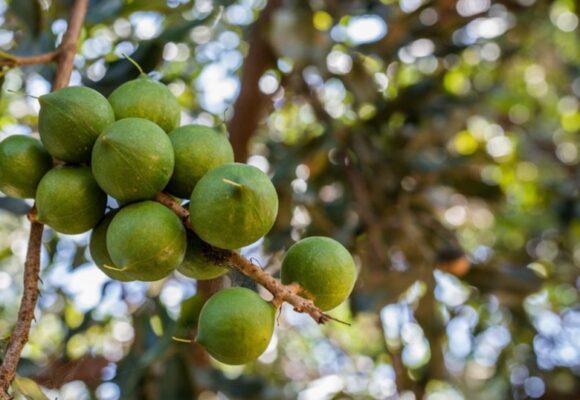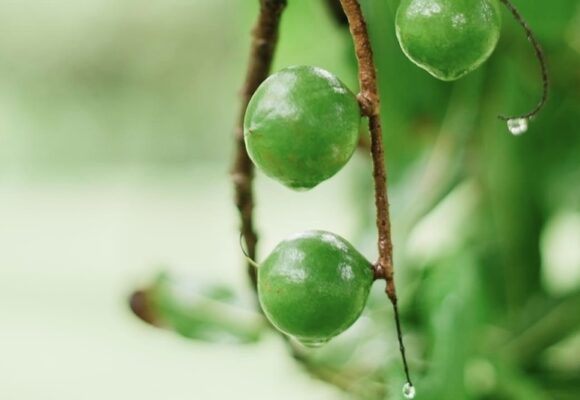Macadamia demand continues to rise
공급
Supply expectations remain relatively unchanged, with Australia’s October crop forecast update holding steady at 42,900 tonnes (at 3.5% moisture). It is being predicted that there may be some upside in South Africa’s crop from 58,500 tonnes to nearer 60,000 tonnes, while China’s crop is anticipated in the region of 20,000 tonnes. Globally, total in-shell supply for 2019 is expected to be approximately 5% under the previous year.
New investment in macadamia plantings in major supply origins has continued strongly, with significant greenfield developments in South Africa and Australia. There has also been investment in new processing capacity and processing technology in both origins.
수요
Demand for macadamia kernel from key markets continued to rise with imports to the five biggest volume markets (consuming approximately 70% of global kernel production) rising by 28% in the 12 months to August 2019.

Australia continues to have the highest per capita consumption in the world followed by the United States. Seven European countries represent almost half of the top 15, and per capita consumption in Asia still has a long way to go with Taiwan coming in at #5 and Japan at #10.

호주 마카다미아 판매량
Corresponding directly to growth in global demand and a strong 2018 crop, Australian kernel sales grew +9% in the 12 months to September 2019.
The strongest growth came from the United States (up 51% versus the previous 12 months), Japan (up 15% versus the previous 12 months) and Europe (up 42% to Germany, up 23% to the rest of Europe). Kernel sales to China also grew strongly, up 24%.
Sales to the domestic market fell by 8% but were the second highest recorded in the last 5 years.
In-shell sales grew 43% in the 12 months to September 2019.

글로벌 제품 혁신
There was a slight increase in the number of new products containing macadamias launched in the September quarter, with the majority coming from the United States and China, and most launches occurring in the snack category. Interestingly, many of China’s launches were from brands other than the well-established top 6.
There were products launched in 36 countries including from less well-known consuming countries such as Egypt, Panama, Mexico, Indonesia, Saudi Arabia, Austria and Lithuania.



